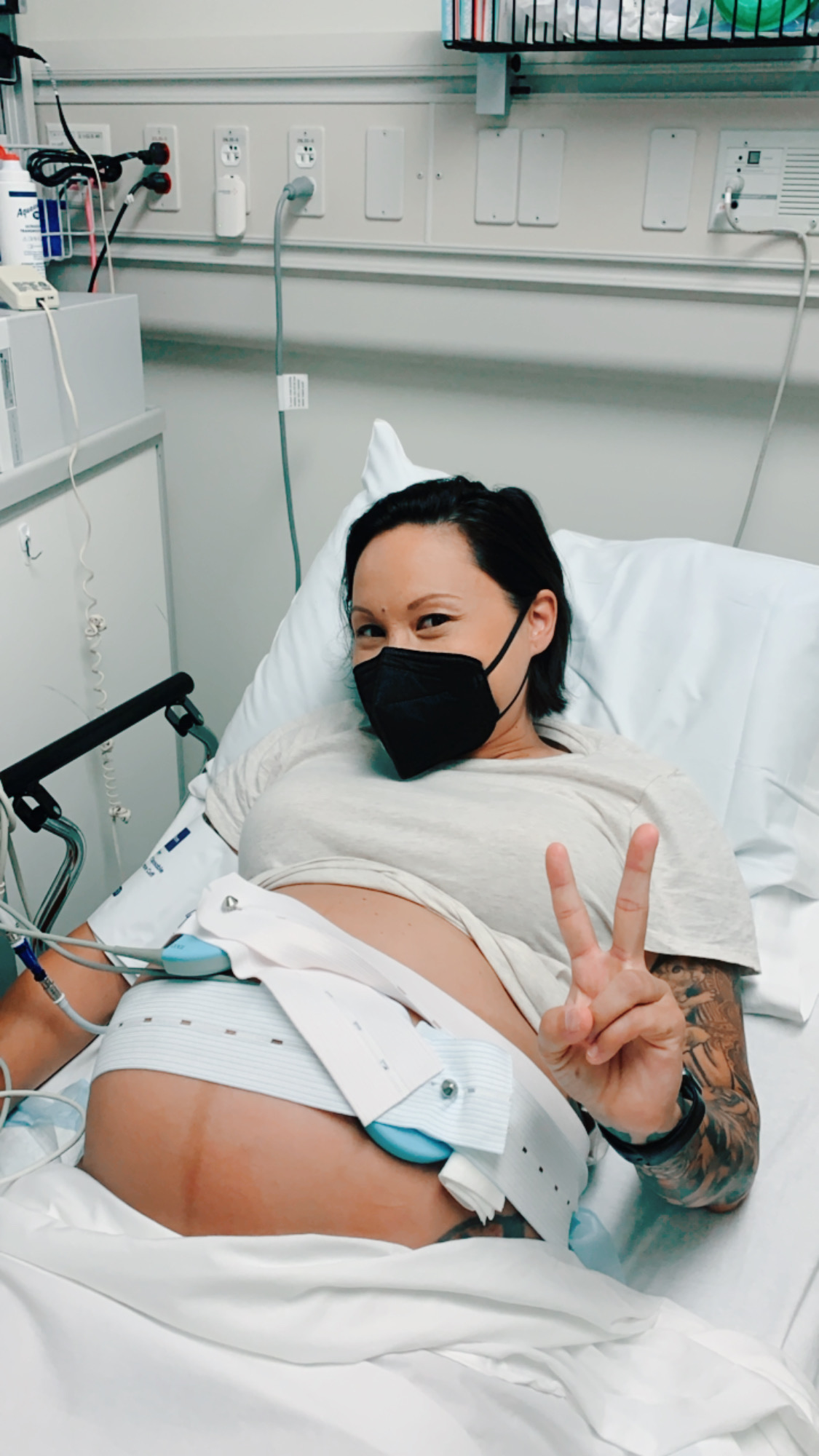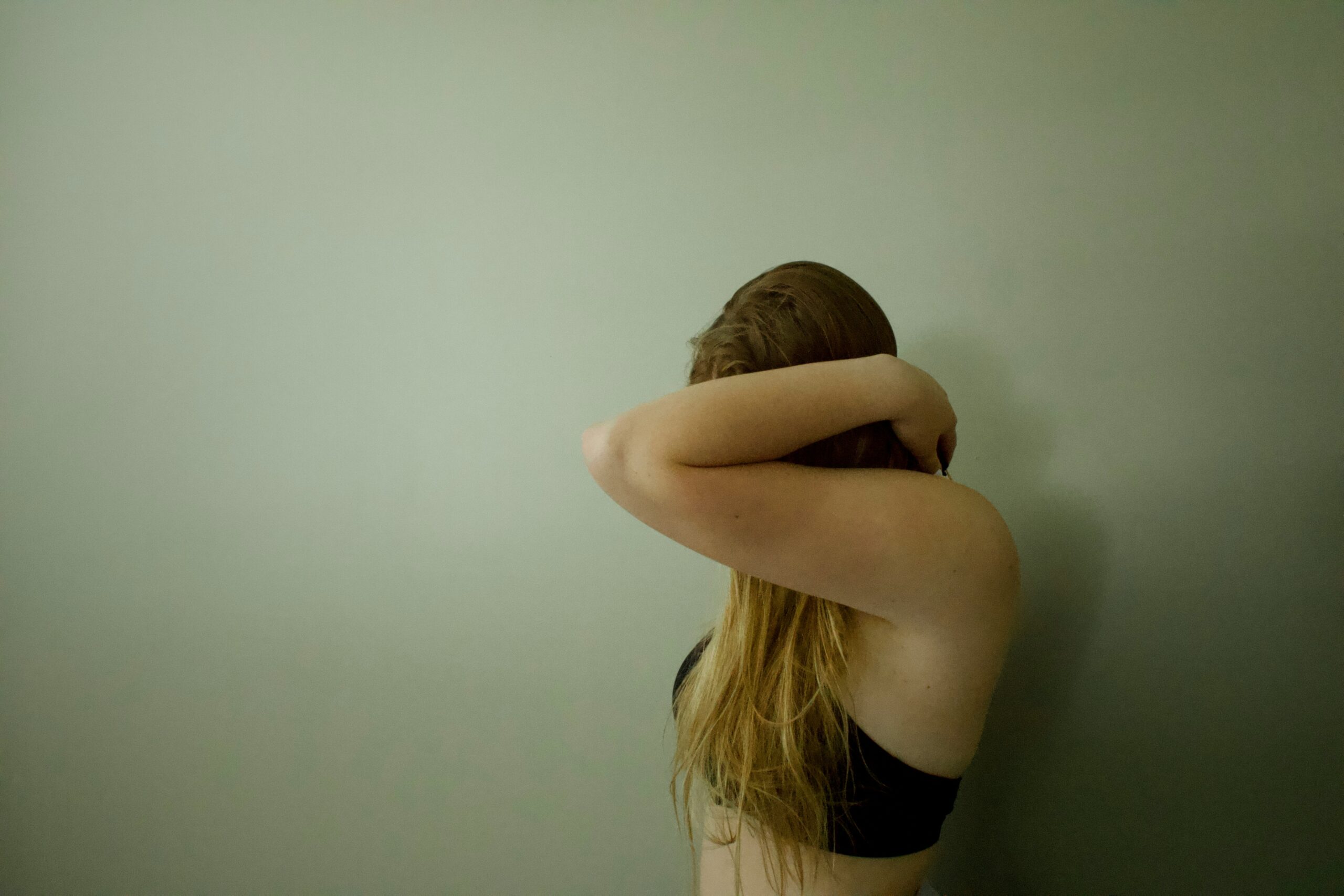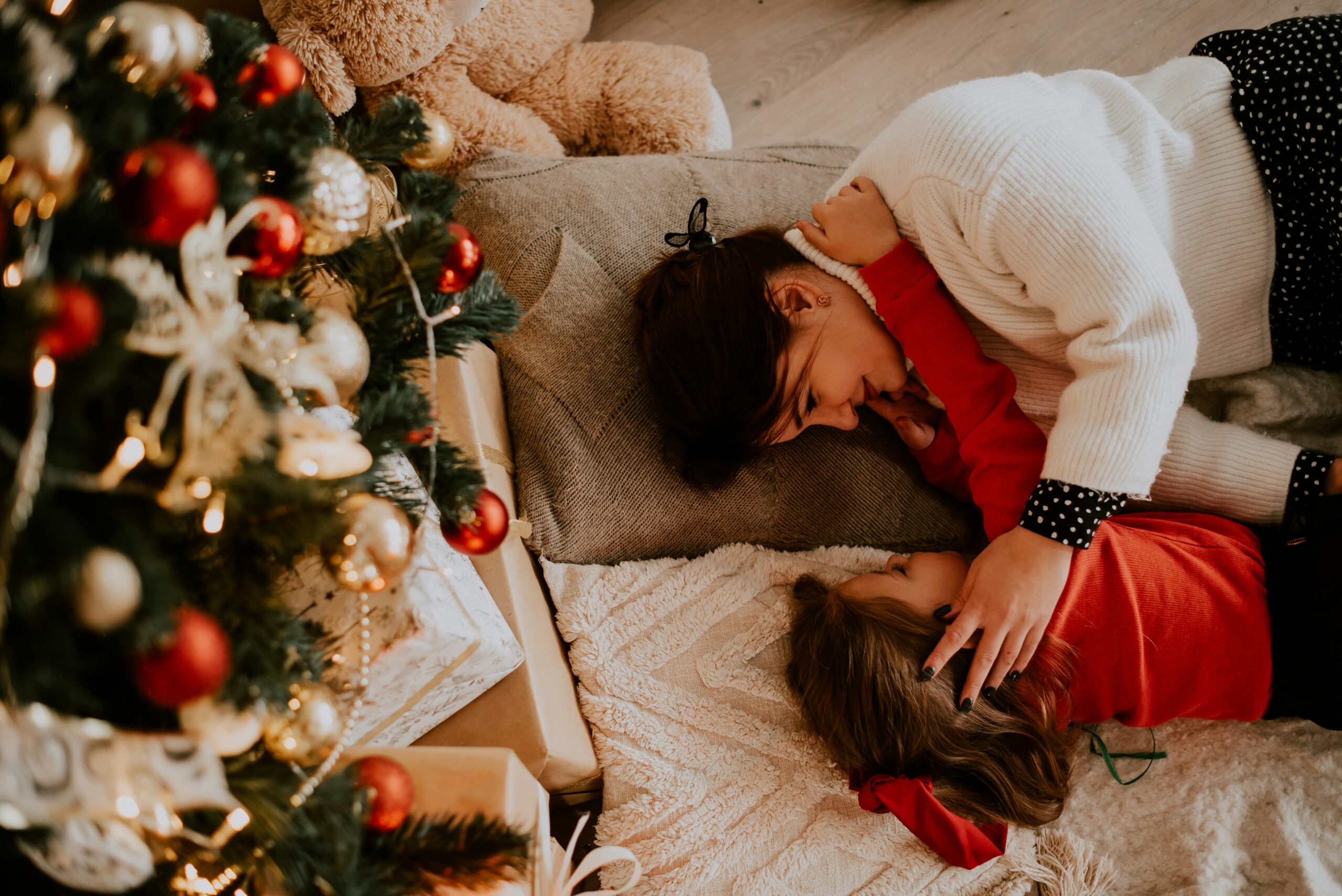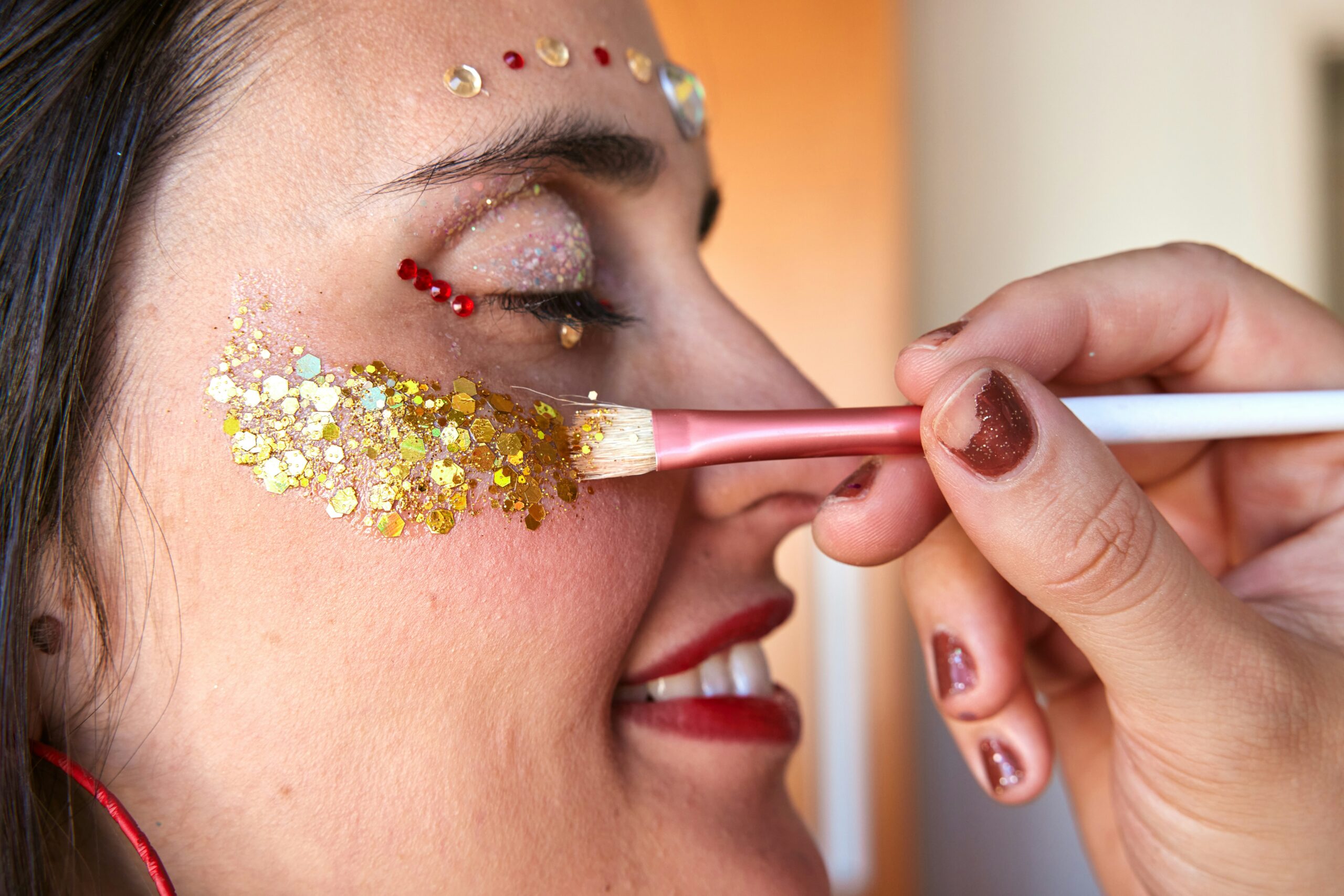Growing up, I was surrounded by a vibrant, loving family, especially on my Puerto Rican side. My dad, the youngest of nine siblings, had his entire family within walking distance, so our lives were filled with constant family gatherings, parties and celebrations. Whether it was a birthday, holiday, or just a random Sunday, there was always an excuse to come together. I remember the music, the laughter, and the endless food. The sound of salsa playing, the smell of arroz con gandules in the air, and the sight of my aunts and uncles dancing late into the night. It was pure joy.
Family gatherings weren’t just about being together: they were about being close.
The kind of closeness where you could feel the love and affection in every hug, every shared meal, and the way everyone looked out for one another. My cousins were like siblings, and my aunts and uncles were like second parents. Love was everywhere—and it was loud, proud and unapologetically abundant. The way my aunts and uncles cared for their kids and how everyone supported each other made it clear how deeply parents loved their children. There was this vibrant energy, this sense of belonging, that made family not just a word, but a rich and colorful experience. It was a beautiful expression of love, culture, and connection. Every gathering, every party, was a reminder of how much love there was in this family.
What made it even more beautiful was how my Korean mom was lovingly welcomed into this large Puerto Rican family. Despite coming from different cultures, she was embraced wholeheartedly—and together, my parents built a home filled with a rich cross-cultural complexity.
The mix of Korean and Puerto Rican traditions created a unique, intersectional life for me and my siblings. We had the best of both worlds—my mom’s quiet, steadfast love and discipline intertwined with the vibrant, expressive love from my dad’s side. It shaped me in so many ways.
As a queer person of color, coloring outside the lines of gender, this family experience inspired my desire to create my own unique version of family. And now, with our kiddo, my wife and I are doing just that. We’re building a family where our child will grow up surrounded by love, not confined to any one way of being. Just like my mom found her place in our family, we’re creating a space where our child can thrive in their own way, knowing they are loved for exactly who they are.
Early Signs of Gender Exploration
Looking back, I think I’ve always been on a journey to understand my gender identity and sexuality. When I was seven, I had a moment that I used to feel embarrassed to talk about. I remember being in a store and seeing this woman—and I was completely frozen. She was the most beautiful person I had ever seen, and I felt this intense pull toward her. It wasn’t something I could fully comprehend at that age and had never felt before, but I knew it was significant.
There were other signs too. I attended a Catholic school from kindergarten through eighth grade, and I vividly remember going to the bathroom in second grade and stuffing my underwear with wads of toilet paper. I guess you could say I was packing before I even knew what that was! But I knew back then as a kid that I wished I had been born a ‘boy.’ I felt so deeply that my gender was wrong—a mistake. I played soccer with the boys at recess, hated wearing the required skirts, and felt like I didn’t fit into the traditional boxes of what a “girl” should be.
At the same time, I was drawn to girls in a way that was confusing to me. I wasn’t just forming friendships: I had feelings of attraction that I didn’t know how to process. In high school, I explored those feelings further by kissing girls, but I was often shamed for it by cis-het boys who were either threatened by it or just plain homophobic. The intersectionality of being a person of color and navigating my queerness meant I often faced a one-two punch of racism and homophobia.

Coming Out and Embracing My Queerness
When I went off to college in the early 2000s, I was still deeply in the closet. I’d kiss girls behind closed doors, but publicly, I was dating cis-het guys, playing the role of my straight persona. Even after college, I continued trying to disprove my queerness by dating men and dressing ultra-femme…but it never felt right. It never felt like me.
It wasn’t until I moved to San Francisco in 2006 that I truly began to explore my queerness in an open and supported way. I found my chosen family there—people who embraced me as I was and gave me the space to explore. I went through several phases: my femme-for-femme era, my androgynous era, and now, here I am in my masc era.
I’m happily married to my wife, whom I met in San Francisco all those years ago. In typical lesbian fashion, we moved fast—bought a house, got married and had a baby all within two years. But when we discussed having a baby, there was an urgency driven by our age difference. I was approaching 40, and while I wasn’t thrilled at the idea of being pregnant, I still wanted to create someone who was biologically connected to me. I was willing to compartmentalize the discomfort I knew would come with the physicality of pregnancy.
The Complexities of Pregnancy and Gender
When I turned 40, I entered a wild and confusing chapter of my life: pregnancy. What I didn’t expect was how deeply it would challenge me to question and navigate my gender identity. I’ve always questioned the gender binary—since I was five and more interested in playing with He-Man figurines than Barbies.
Pregnancy—with its hyper-feminized lens, amplified these questions. As someone who never felt comfortable in women’s spaces or with my own femininity, I struggled to feel like any version of myself ‘fit’ that mold. The physical experience of pregnancy made it impossible to ignore.
Being called “mom-to-be” or “pregnant woman” felt uncomfortable. It didn’t quite sit right with me. And figuring out what to wear? That was a nightmare. Anyone who knows me understands that fashion, clothing and accessories are a big part of how I express myself as a queer person.
Finding non-maternity clothing options—especially in the summer—was difficult. I had to get creative with oversized t-shirts, button-downs, and tight shorts. I won’t lie:I didn’t feel cute—and I certainly didn’t feel like myself. There were days when even leaving the house felt like stepping into a world that had already decided who I was before I could speak for myself.
Then came the pregnancy groups. My wife and I were the only queer couple there. Anyone in the LGBTQ+ community knows that being the only one in any space never feels truly safe. We are constantly coming out—and that can be stressful. Given the political climate, not knowing if the people in the group would even be supportive of queer couples, non-binary folks or our experience made it even more overwhelming. But thank goodness for my wife. She was and continues to be my best person—supportive in ways that helped me feel seen, even when I wasn’t sure about labels or my gender.

What surprised me were the moments during pregnancy that blew my mind. Feeling our baby move or hiccup in the womb, hearing the heartbeat for the first time, welcoming our baby in the operating room and even chest feeding brought me back to the present moment. These moments weren’t about anyone else’s expectations—they were about the joy, wonder, and empowerment of the experience itself. I had prepared myself for confusion—but instead, I found a deep connection with the experience, my wife, our baby and myself.
Everything I’d once associated with femininity and motherhood became something beyond gender. It wasn’t about being a woman or a mother—it was about connecting with the most powerful human experience in a way I hadn’t anticipated. That’s when I realized that my pregnancy journey didn’t need to fit anyone else’s definition but mine.
That’s also when I truly understood that no two pregnancies are the same. There is no one-size-fits-all—and just because society has boxed pregnancy into a feminine experience doesn’t mean it has to be that way for everyone. It definitely wasn’t for me.
Pregnancy, as I anticipated, brought up a lot of complex feelings around gender norms and social expectations. Currently, as a masc-leaning, occasional gender-nonconforming person, I struggle with the idea that pregnancy is so deeply tied to womanhood. Finding clothes that didn’t make me feel like a walking symbol of femininity was a challenge. People constantly referred to me as a ‘mother,’ which didn’t feel quite right.
When we found out we were having a boy, it brought up even more questions. What does it mean to have a son when I’ve been grappling with the concept of gender my entire life? My pronouns shift between she and they because I’ve experienced so much as a woman, but I also push back against so many of the societal expectations placed on women. How does the sex of our child complicate or enrich my gender journey? These were questions I didn’t have answers to, and maybe I still don’t. But the experience of pregnancy, birth, and now parenthood has me paying close attention to these very important parts of myself that I must unpack and understand.
Embracing the Experience as My Own
As I navigated these questions, I found moments where I was able to experience pregnancy just as me—not as a woman or through the lens of what society says it should be. Chest feeding, in particular, was something I had dreaded because I saw it as such a feminine act. But when the time came, I found unexpected joy and fulfillment. It wasn’t about being a mother or adhering to any gender roles—it was about bonding with my child in a way that felt deeply personal and profound.
What got me through the toughest parts of pregnancy was the support of my wife, close friends who had gone through the experience before, and our community (our LGBTQ+ friends). They helped me feel seen, validated and mostly listened when I felt like I was losing myself somehow in the experience.
Looking back on my journey through pregnancy and parenthood, I’ve learned that there is no one right way to experience these things. Society loves to place rigid definitions around gender and pregnancy, but my experience has shown me that these definitions don’t apply to everyone. I didn’t fit the mold of a traditional pregnant woman, and that’s okay. My pregnancy was a deeply personal experience shaped by my own identity, values, and love for my family.
I’ve also learned that it’s okay to embrace the discomfort. Pregnancy was not easy for me—it was challenging, both physically and emotionally—but it also allowed me to confront parts of myself I hadn’t fully explored. It allowed me to redefine what pregnancy, parenthood, and family mean to me outside of society’s expectations. One way this has shown up is when my wife and I talked about what we’d like our kiddo to refer to each of us as. Would it be momma and mommy? Would it be Mom and Papa? Would it be Mom and Mommy? I decided I like Mappa, which is short for mom, and Appa, which means dad in Korean. It’s not one or the other, it’s both. I mean, technically, aren’t we all Mappas if we push aside gender conformity? Aren’t we all just parents at the end of the day, showing up and doing our best for our kids?
And now, as I raise our child with my wife, I’m reminded every day how lucky we are. Our queer family doesn’t look like a traditional family, and that’s what makes it so special. We’re creating new ways to love, new ways to parent, and new ways to exist in this world. For anyone else out there who feels like they don’t fit the mold, know that your experience is valid, and you have the power to define it for yourself.
I wouldn’t change a thing about my journey—it’s been messy, complicated, and beautiful, just like life itself. And if there’s one thing I’ve taken away, it’s that embracing who I am, and letting go of societal norms, has allowed me to be the best version of myself, not just for me, but for my family.
Author
-

Cat Perez has over 18 years of experience in product and design, with a passion for creating innovative and inclusive solutions that have a lasting positive impact. As the CEO and co-founder of Heyfamm.com, she partnered with her wife, Marianna Di Regolo, to launch a platform that showcases LGBTQ+ founded brands, products, and services across multiple categories and sectors. Together, they empower queer entrepreneurs and consumers, creating a space where marginalized voices are amplified and celebrated. As a proud member of the LGBTQ+ community, Cat is dedicated to uplifting diverse and intentional businesses. Outside of work, Cat enjoys shooting photography (digital and analog), baking as a pandemic baker, and road trips along the California coast.
View all posts




